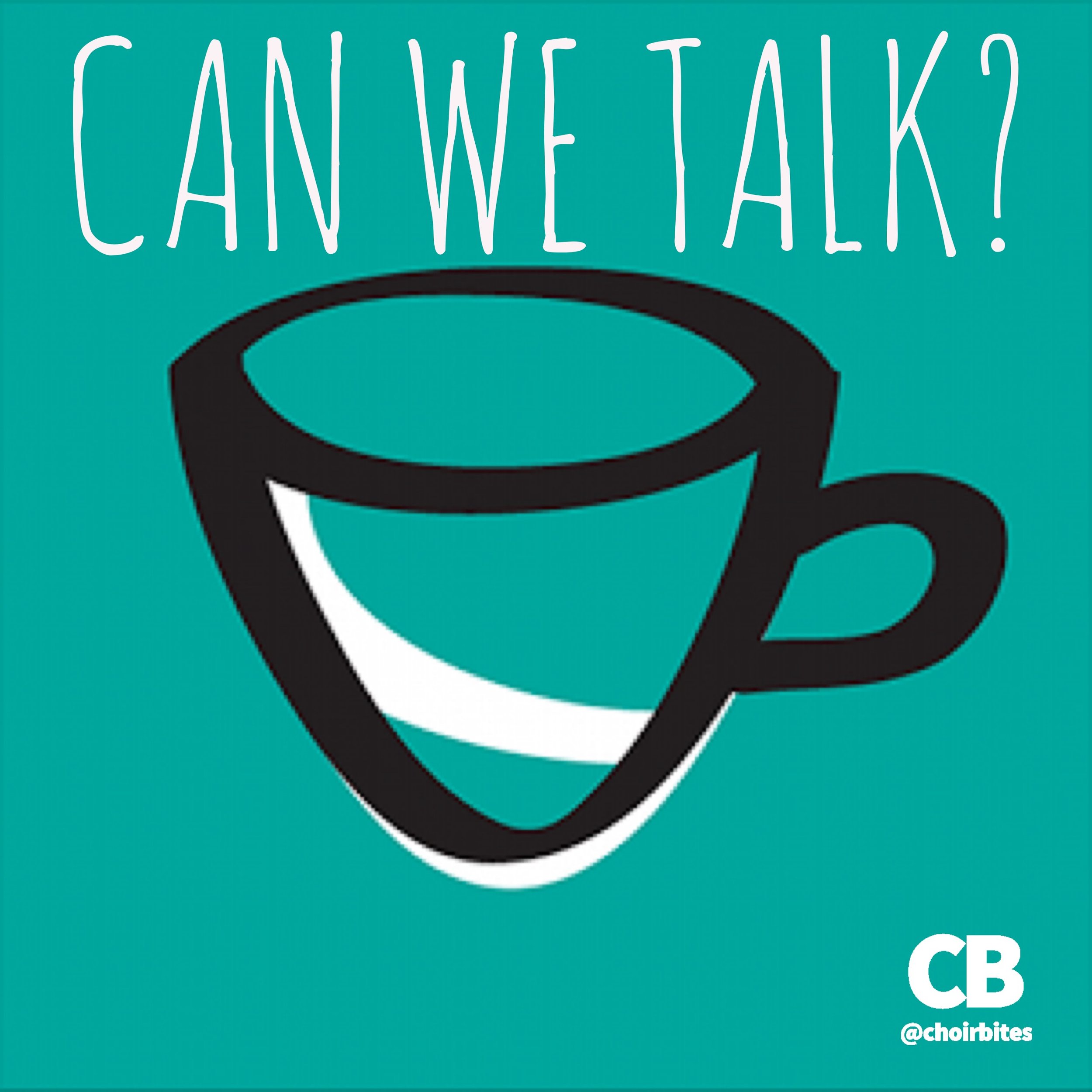Silence Is Golden
‘Tis the season... to get sick! Winter has hit Ohio, and my voice is holding on by a thread. This reminds me about one of my favorite fun (and sometimes necessary) rehearsal techniques: THE SILENT REHEARSAL.
When my voice is shot, I’ll run a silent rehearsal. Other times I do it just to switch things up. There are many ways to make silent rehearsal work. Here are some of the tricks I have used, and the graphic for this post is a suggestion of what you could write on the board (more on that later). If you have others ideas that can help, please leave them in the comments!
1) Start silent. Don’t rasp or whisper what’s about to happen. Just point to your throat and make a “not happening” gesture, then get to work.
2) Hand gestures - use them in a variety of ways. Change the size of your directing pattern for dynamics. “Paint” articulation in the air or rub/smack your hand across your arm. Thumbs up/sideways/down for quality rankings.
3) Use your face - exaggerate your expressions to a cartoonish level. Nothing communicates faster. Remember when Mom gave you “the face?” Same thing.
4) Make a chart on your chalk/white/smart board. The graphic for this post is an example. Use a laser pointer, yardstick, your hand as desired. I have included:
-dynamics
-articulation
-common phrases (sing out, pure vowels, breathing, posture, drop jaw)
-general descriptors (needs work, good, nice, awesome) - combine these with phrases to create “posture needs work” or “awesome pure vowels,” etc.
-page / measure / beat and numbers
-system: top / middle / bottom
-a “resonance chart” where you can use your pointer to show placement
-voice parts: point to any single voice or: I have big dots that would indicate Sop/Alto together, Ten/Bass together, and tutti.
5) Whistle - for notes, phrasing, articulation, tuning, etc.
6) Use a soundboard app on your tablet/phone to play noises like applause, cheering, a bomb, sad trombone, etc. This is FUN!
7) Use a text-to-speech progam on your laptop or tablet. Get 20 or so phrases cued up in advance and play them as needed. Keep the volume low. Students will get a kick out of the “robot voice” and will have to stay quiet to hear it.





